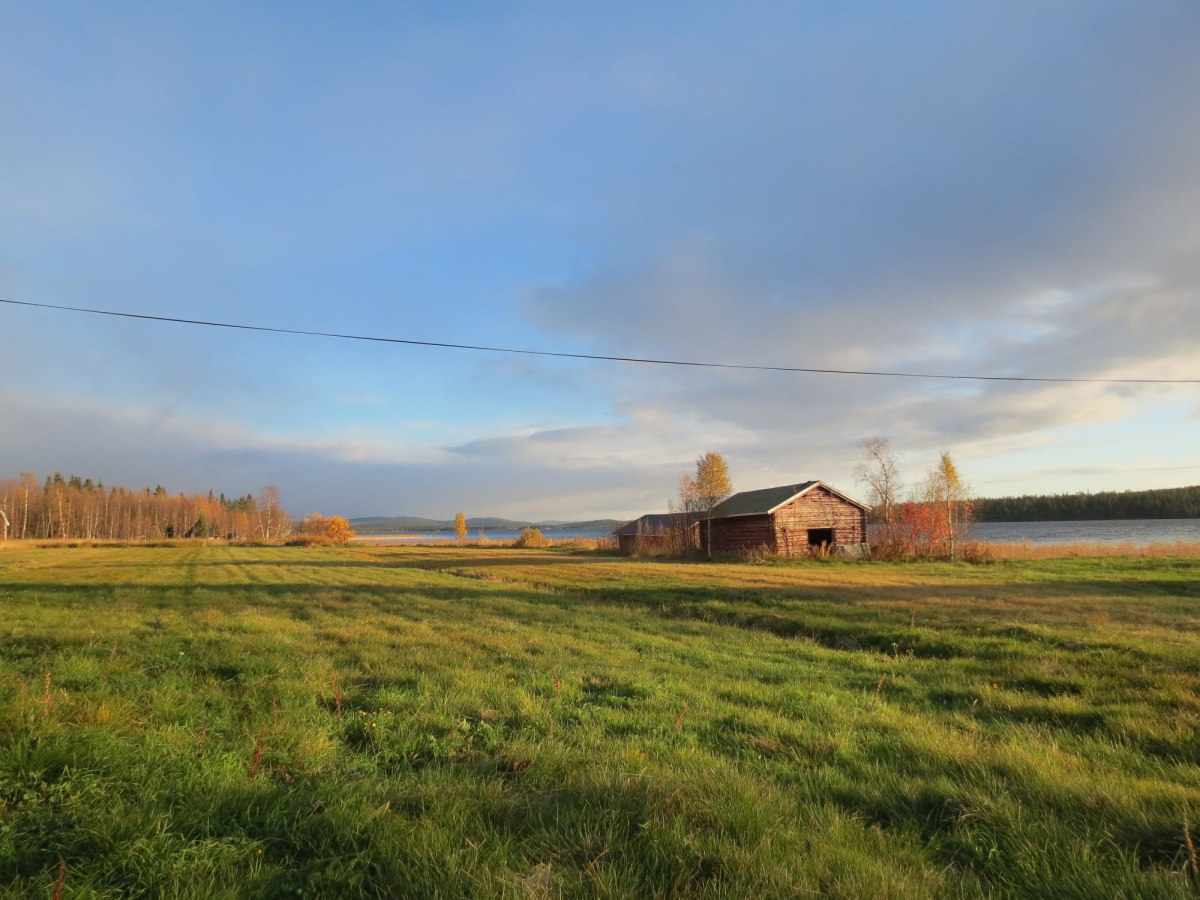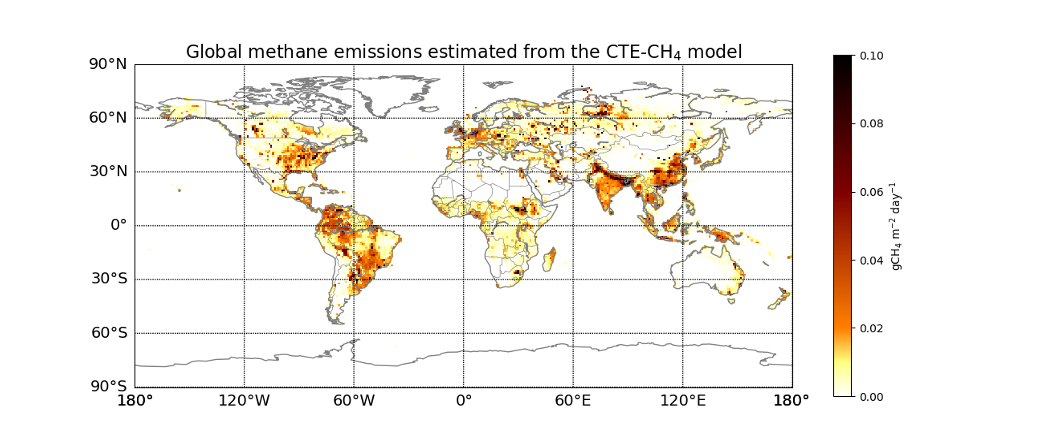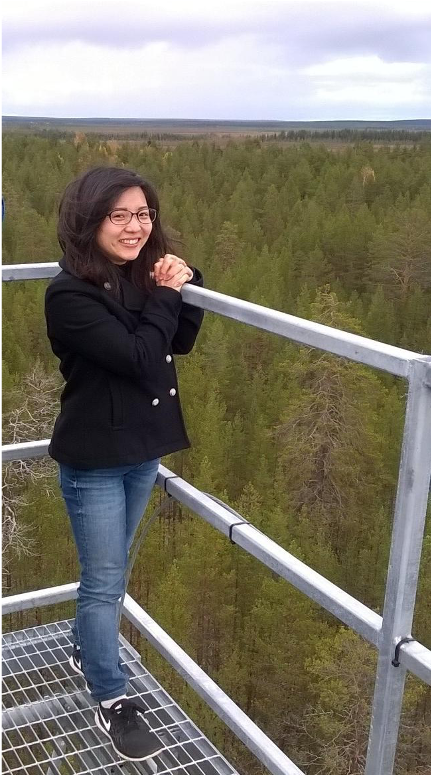Dr Aki Tsuruta is a senior research scientist at the Finnish Meteorological Institute located in the Dynamicum building in Helsinki. When Aki started working in 2011, the Integrated Carbon Observation System did not existed yet. Nowadays, ICOS has its headquarters on the ground floor of the same building. “Due to the COVID-19 pandemic, I am mainly working from home these days. In normal times, however, ICOS and I are practically neighbors”, she says. Aki Tsuruta’s field of expertise is greenhouse gas modelling. The models that she develops are designed to help researchers better understand the effects of climate change locally and globally. Both in her PhD and postdoctoral research job, Aki has benefitted from having free access to ICOS’ atmospheric data. “When we measure greenhouse gases we cannot directly measure large scale greenhouse gas fluxes (the flow of gases in and out of the atmosphere). In order to get a better understanding of these greenhouse gas emissions fluxes in regional and global scale, we need specific models that help us to understand the links between ground and atmosphere better. However, such models do not work properly without standardised data and that is exactly why ICOS is so important for my work.”

“Estimating greenhouse gas emissions is really difficult because we can only measure them to some extent”
Aki Tsuruta obtained both her Masters and PhD at the University of Helsinki. “I was interested in Finland and I was young enough to make a big decision like moving to Europe to do an academic programme in statistics. The field has many applications ranging from physics, atmospheric science, economics to medicine. However, I was more interested in natural science applications”, Aki says about her academic background. During her PhD, Aki developed an atmospheric inverse model which makes use of ICOS’ atmospheric concentration observations to estimate greenhouse gas fluxes. She mainly worked with the greenhouse gas methane which is, for example, released during natural gas production and livestock digestion. The Earth's atmospheric methane concentration has increased by about 150% since 1750, especially due to emissions from Europe, North America, South America, China

In her current job, Aki continues with what she has started in her PhD and still faces the same challenges. “Estimating greenhouse gas emissions is really difficult because we can only measure them to some extent. We can go out and do field measurements or look at carbon taxation costs of specific countries to see how much tons of carbon have been emitted by, for example, the transport and energy sectors. However, those approaches do not tell us enough about emissions as a whole”, Aki highlights. Greenhouse gas flow in (emissions) and out (removals) of the atmosphere, and the atmospheric measurements tell the quantity as a whole including all the processes. “Through an atmospheric chemistry transport model, we can estimate how much greenhouse gases go into and are removed from the atmosphere, based on the information from, for example, national reports. However, the estimates sometimes do not match with the atmospheric observations, meaning that there might be an inaccuracy in our understanding of what is happening on the ground, and the model I have been developing corrects those mismatches.”
Standardised greenhouse gas observations make Aki Tsuruta’s models more accurate

The scientific models that Aki Tsuruta develops, benefit from the atmospheric data measured at ICOS stations. With standardised data and high-quality data, she can give more accurate estimate of the emissions. Aki Tsuruta makes very clear how important it is to be able to work with standardised data: “Models do not always agree with the observations. Especially if there is a measurement error due to e.g. calibration problems, creating a shift in the data, the information is wrongly transformed in the model. The model may think that the shift means the increase in the level of greenhouse gases but actually, it is inferred from the measurement error. Therefore, it is crucial that we use harmonised and high-quality data. Otherwise, our analysis would simply be incorrect.” Aki Tsuruta spends most of her working hours in front of her computer, analysing the model results which is derived from the measurements, for example, from ICOS stations in Finland. “Once, I visited the Finnish measurement station in Pallas-Sammaltunturi and it was fascinating. I went with a group of scientists to see what kind of towers they have, how the systems work and how the measurements are set up. It’s so nice the see the actual site where the data I analyse comes from. I hope I can go back another time! Aki benefits very much from the advantages the ICOS has brought to the scientific world – both when she is at work using the ICOS’ harmonised data or when she wants to have a great view from a measuring station.